Guest post by skelly
Map tips: each color represents a different day. Click each marker to learn more about the spot, and click the star in the map header to save the entire map under Your Places in Google Maps.
We did a tour of Japan for our Honeymoon in late April. It was a wonderful time to go because we caught the tail end of Cherry-Blossom season, but be aware that this is also peak tourism season. Weather was mild overall with only one very rainy day and one very hot day. March – May sees a string of Japanese holidays, and some places close for those, so I advise to check for closings if there are specific places you want to tour.
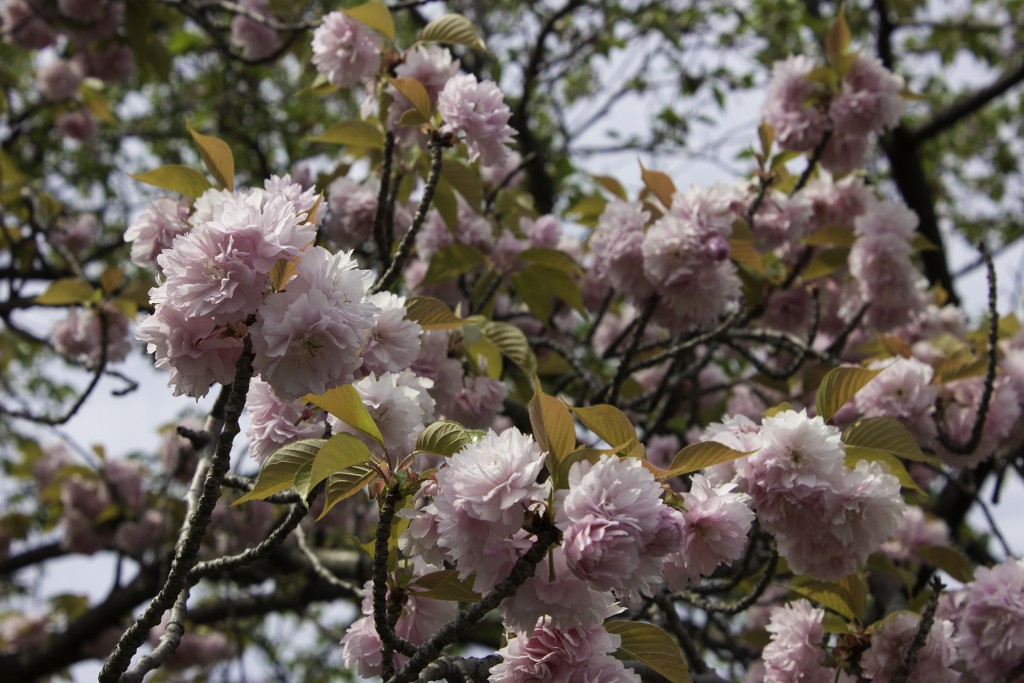
Day 1: Arrival into Tokyo
We didn’t land until 2pm, and didn’t actually get out of the airport until almost 5. We were pretty jet-lagged anyway, so we checked in at Tokyo Park Hotel and went in search of dinner. The hotel is in a business park called Roppongi Hills, and there’s a ton of shopping and restaurants around.
Day 2: Tokyo
- Tokyo Tower
- Tokyo Station Gallery
- Hamarikyu Gardens
- Hinode Pier
- Asakusa
- Sensō-ji
- Ginza
This was a shared tour and we had an English-speaking guide. We used a tour bus to get around and admission fees were included in the tour price. I really enjoyed Hama Rikyu Gardens, and wish we’d spent more time there. If you go there, don’t miss the impressive 300-year-old pine tree, which is just inside the garden’s entrance to the left. The Sumida River Cruise boards at the Hinode Pier and takes you to Asakusa, a shopping district along the Nakamise Walkway. Had dinner in the Ginza District.
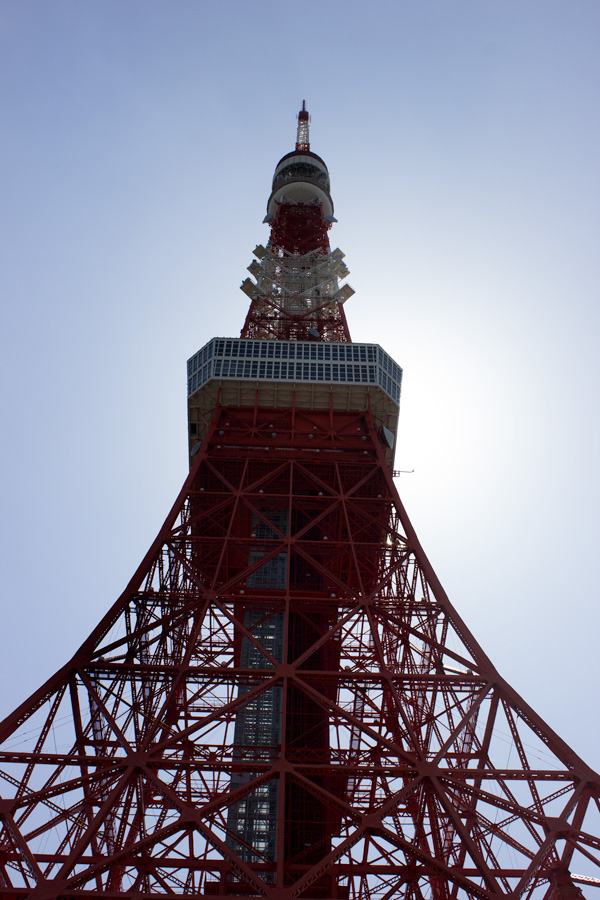
Day 3: Kyoto
- Daimaru Tokyo
- Nishiki
- Gekkeikan Ōkura Sake Museum
- Teramachi street shopping district
Started out in Tokyo and took a bullet train to Kyoto in the morning. After dropping our bags off at our hotel, we headed out to explore. We toured the Gekkeikan Okura Sake Museum to learn about the sake making process and tasted some sake. Later in the day, as part of a pre-booked private experience, we shopped for fresh ingredients at the Nishiki market, and then used some of those ingredients in a Japanese cooking class with a local. She welcomed us into her home and taught us to make a few authentic dishes like fresh sushi, japanese style omelets, miso soup, and sesame spinach salad. After cooking we all enjoyed the meal together and she told us about her life. This was one of our favorite parts of the trip. That night, we wandered around Teramachi street for a bit and shopped for some manga and trinkets before returning to our hotel.
Day 4: Kyoto
- Kinkakuji Temple
- Nijo Castle (nijo-jo)
- Gion
- Nishi-Hongwan-ji
We spent our morning touring Kinkakuji Temple and Nijo Castle. We had plenty of time for both of these without rushing and were finished by early afternoon.
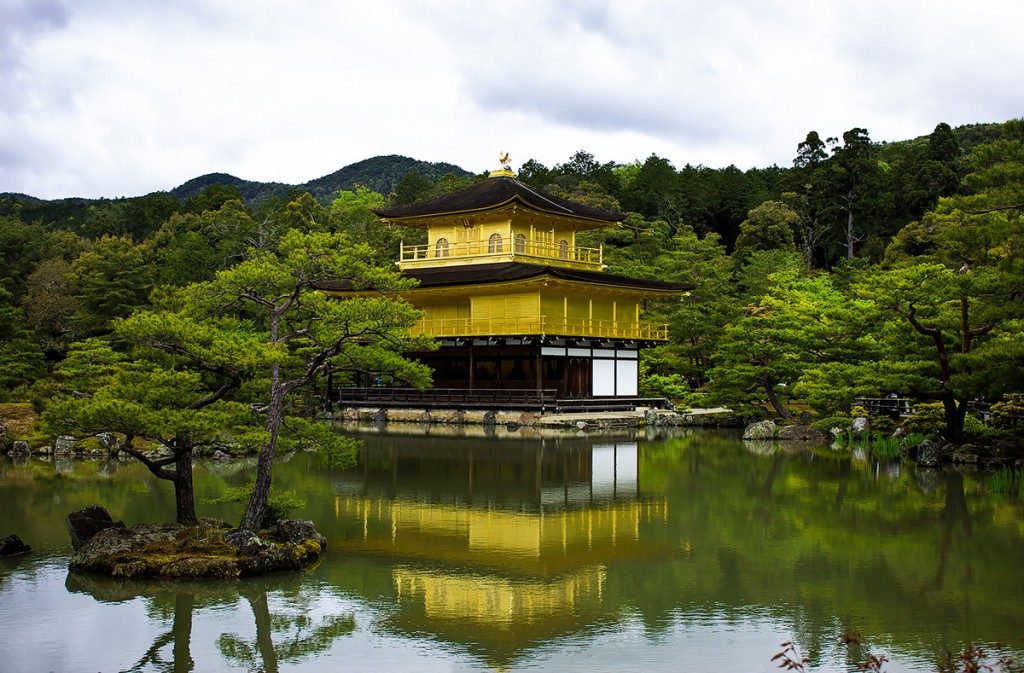
We had lunch at a small diner near the train station, and after lunch, headed over to Gion, a Geisha district. We didn’t approach any Geisha but we saw a couple from a distance. The district itself is beautiful and serene, with fountains and little tea shops and lots of flowers. On the way back to our hotel, we stopped at the nearby Nishi Hongwanji Temple. Its an impressive and large 16th Century Buddhist Complex. The monks were ringing gongs and chanting, very cool, and there was almost no crowd. We enjoyed an hour or two walking through the complex admiring the building and little alcoves and intricately carved wood doors and ceilings.
Day 5: Kyoto
- Togetsu-kyō Bridge
- Okochi Sanso Garden
- Arashiyama Bamboo Forest
- Nonomiya Shrine
- Tenryuji Temple Sogenchi Garden
- Fushimi Inari Taisha
- Ginjo Ramen Kubota
Part of this day was a private tour with an English-speaking guide. She took us to Okochi Mountain Villa, the bamboo groves, and Tenryuji Temple.
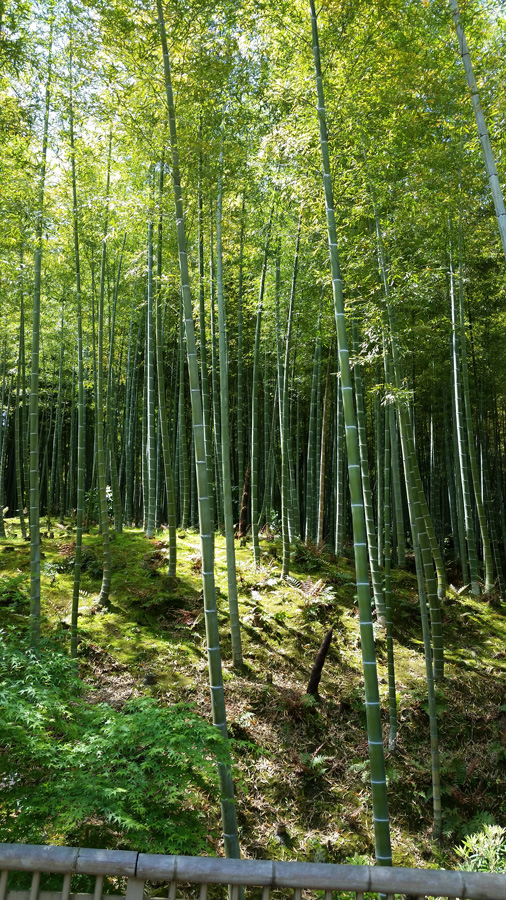
After parting ways with her around noon, we went off on our own to explore and to find ramen. Arashiyama is truly a gem of Kyoto, and there are a ton of things to do and see. We also took a train to the other side of town to see Fushimi Inari shrine, which I would say is a must-see if you’re in Kyoto. The tunnel of a thousand Torii gates is amazing.
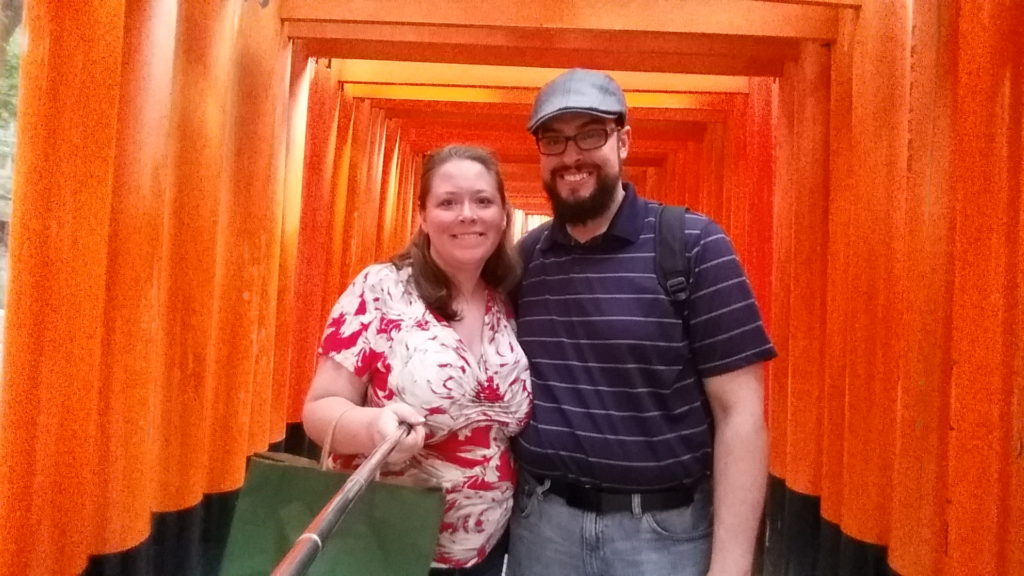
We had dinner at Ginjo Ramen Kubota, which was a tiny ramen shop that had just a counter with several stools and maybe 2 small tables. It was hands down the best meal of the entire trip.
Day 6: Hiroshima
- Hiroshima Atomic Bomb Hypocenter (Shima hospital)
- Hiroshima Peace Memorial
- Machiya Street
- Toyokuni Shrine Five-Story Pagoda
- Uguisu Walking Path
- Itsukushima
- Torii-Gate
We were scheduled to transfer from Kyoto to Osaka in the morning, but had no set plans for Osaka that day. Forwarded our luggage through the hotel – this extremely convenient, I highly recommend this if you’re in between hotels and don’t want to cart your luggage with you all day. We took train from Kyoto to Hiroshima instead of going directly to Osaka. Hung out in Hiroshima a couple hours, then caught a riverboat cruise out to Miyajima Island, explored the island for the rest of the day before boarding ferry and taking the train back to Osaka.
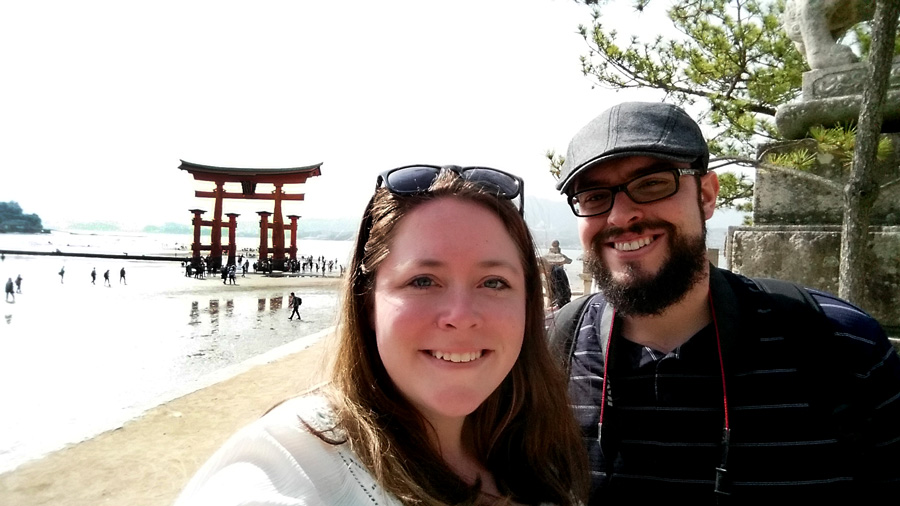
Day 7: Osaka
- Osaka Castle
- Osaka Museum of Housing and Living
- Dotonbori
This was another private tour with another English-speaking guide. She took us all over the city via the subway and she was very helpful translating signs at the museums for us, and telling us about the culture and what makes Osaka unique. It was nice, having a native speaker see that you’re taking an interest in something and then describe the history surrounding it to you.
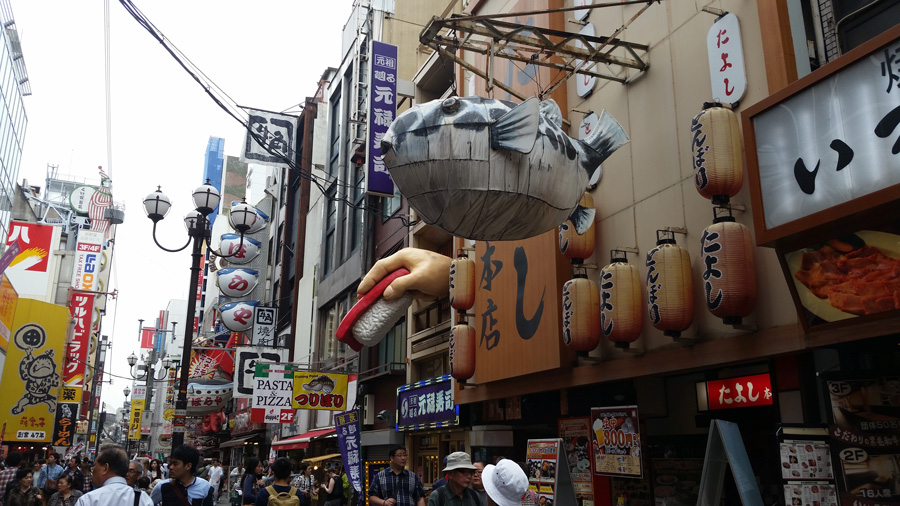
We also went to the “Floating Garden Observatory” – neither a garden nor an observatory – It is Osaka’s highest building, and has an open air platform on the top level that offers stunning views of the city. To get to that top floor, you’ll take an elevator almost to the top, then ride an escalator encased in a glass tube the remaining 5 stories to the top – it’s a dizzying ride since you can see the city below as you go up.
Went to the Sunken Circle Garden, which doesn’t actually have a name as far as I can tell. It’s a small sunken circle of trees water smack-dab in the middle of the concrete plaza between Umeda Sky Building and the Westin Osaka. It’s got a waterfall, several pools of water and a koi pond. There’s a little walking path through it. A very tranquil spot in the middle of a bustling business area.
Day 8: Wakayama
- Daimonzaka
- Seigantoji
- Nachi Falls
- Kumano Nachi Taisha
This day trip took us a 3 hour train ride and 30 min bus ride to get to, but it was hands down my favorite part of our trip, and well worth the travel time. It’s a more rural area, but you can find a few restaurants near the train station. To save time and money we packed snacks. Though you’re probably practicing your best manners everywhere in Japan, be especially respectful once you get on the mountain – this place is a sacred site for Buddhists. A lot of the people you’ll see here are on pilgrimage. There is much less foreign tourism in this area, and it’s the one place we went in Japan where most of the people did not speak English.
Across the street from the Ki-Katsurra Train Station you can find a bus terminal. We bought round trip tickets for about $10. This bus tour will take you to several stops in the area and you can hop off at one and get on another. We opted to get off at the bottom of the Diamonzaka stair, hike up the stair through the ancient forest, walked around to the pagoda and shrines, and then walked down the hill to the entrance gate of Hiro Shrine, where we got back on the bus. If you don’t want to do the stair-walk (which is strenuous – bring water) you can stay on the bus and get off of it at the top of the stair instead.
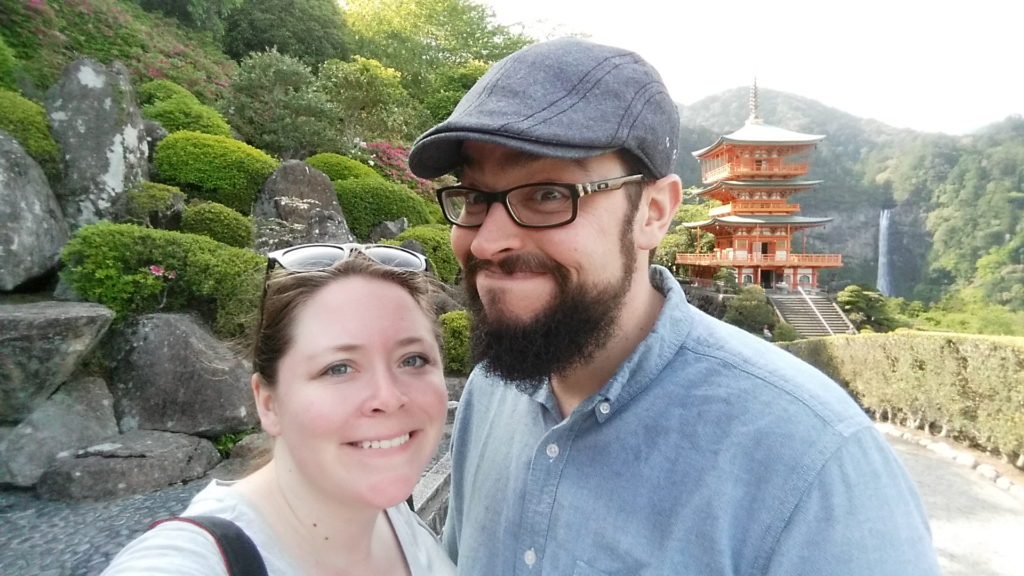
Day 9
Had breakfast at the Hotel New Otani and did some last minute shopping before our early afternoon flight.
Some general tips for a smooth trip to Japan:
Consider a Japan Rail Pass – It ended up being priceless, we used it multiple times every day. Download Hyperdia app, and the JR app (both free) These apps were also priceless in helping us figure out which trains to take and what times they departed. And while we’re on the topic of trains….They typically arrive and depart EXACTLY at the time they’re supposed to. If you are 1 minute late, your train has left. If there’s a train at your platform 3 or 4 minutes before its supposed to be – double check before getting on, it might not be your train.
Probably the best advice I can give is this: If you’re planning day trips to less traveled sights – research your routes to death. If I hadn’t read about (and memorized) how to get to and around Nachisan, we almost definitely would have gotten lost and wasted the day, because once you get out of the larger cities, less of the signs are English, and less places have wifi (so you can’t use google for directions)
Check out general etiquette before you go. The basics are: Don’t tip, do slurp your noodles, pay by placing your money in provided trays, don’t point with chopsticks, don’t pour soy sauce over white rice, don’t eat with your fingers and bow slightly from the waist when thanking or greeting someone. Do not, for any reason or in any area, litter.
I’m not saying crime doesn’t exist, but Japan is extremely safe for tourists – Everyone is friendly and helpful, especially if you get lost and need directions. I even felt secure wandering around in unfamiliar alleys at night. (In search of good ramen, of course)
Get in line for everything. EVERYTHING. Even if you have a reserved seat on a train, form a line to board. When sightseeing, form a line to get a good spot to snap a photo. Japanese culture is big on politeness and respect, and people will patiently wait their turn for everything.
Traveled in April 2017

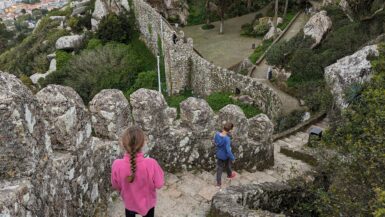
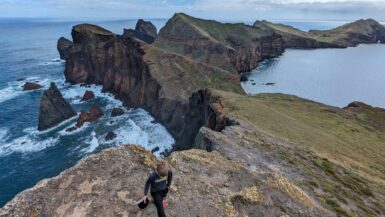
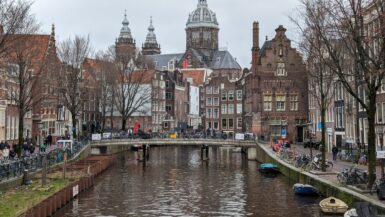
Leave a reply